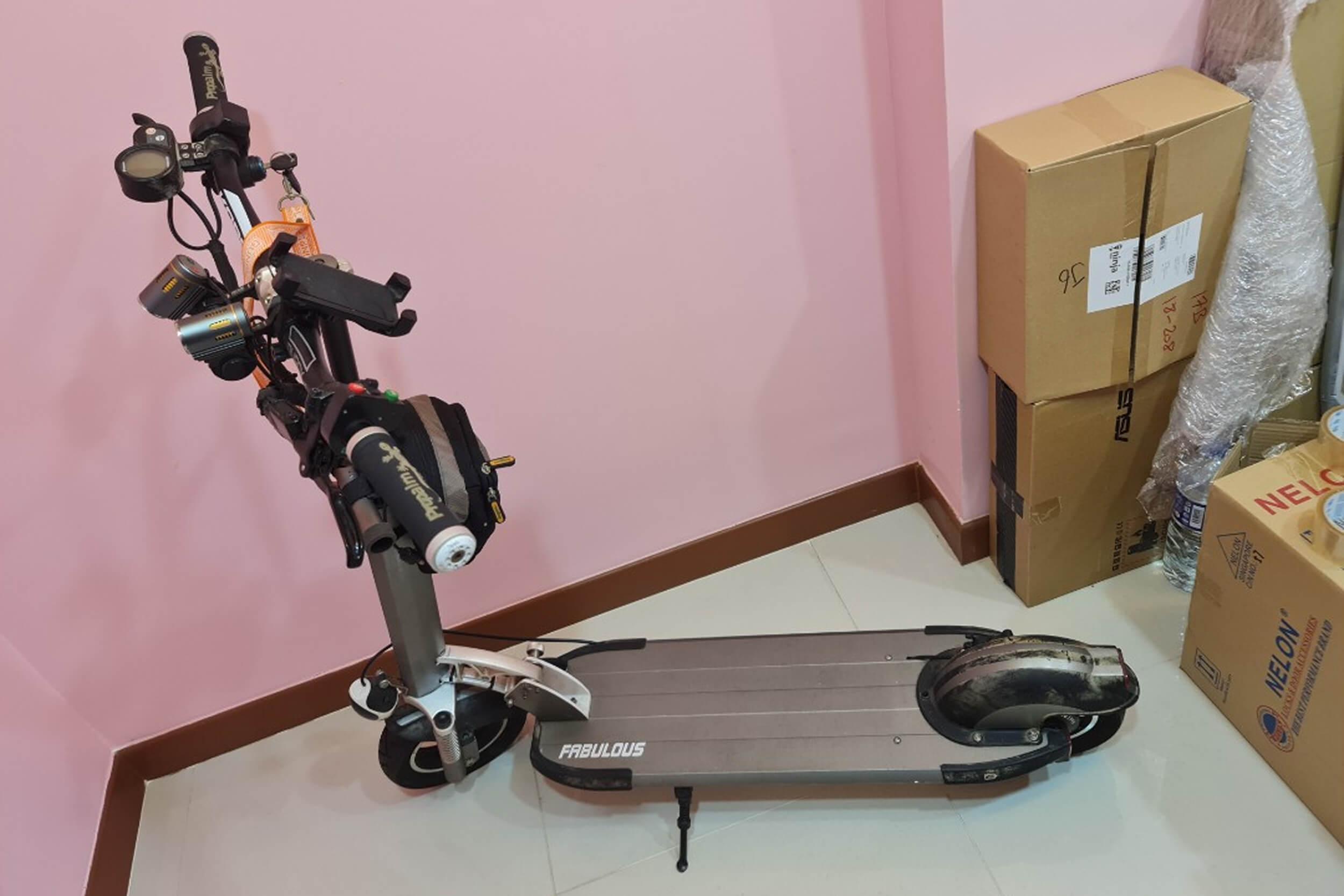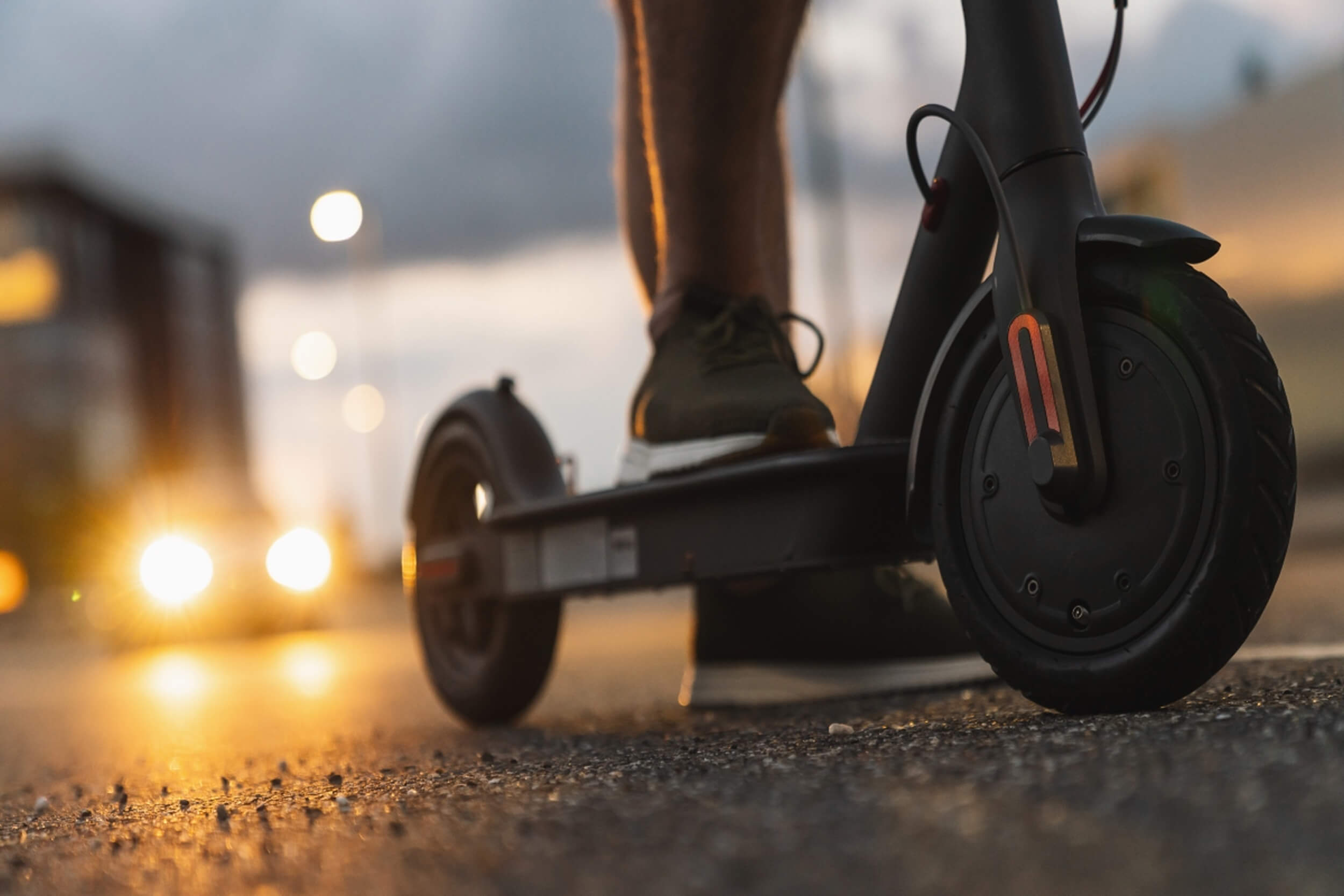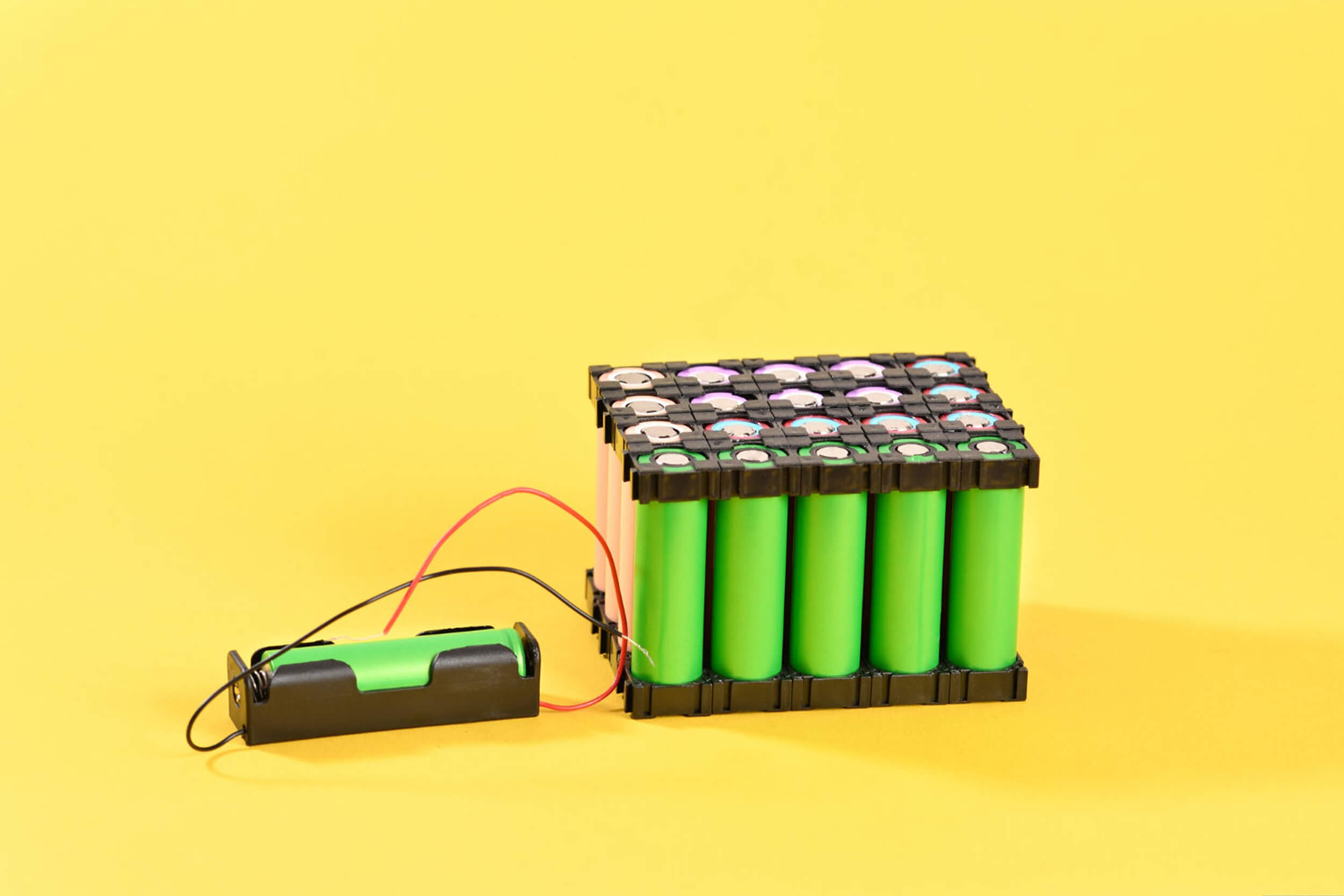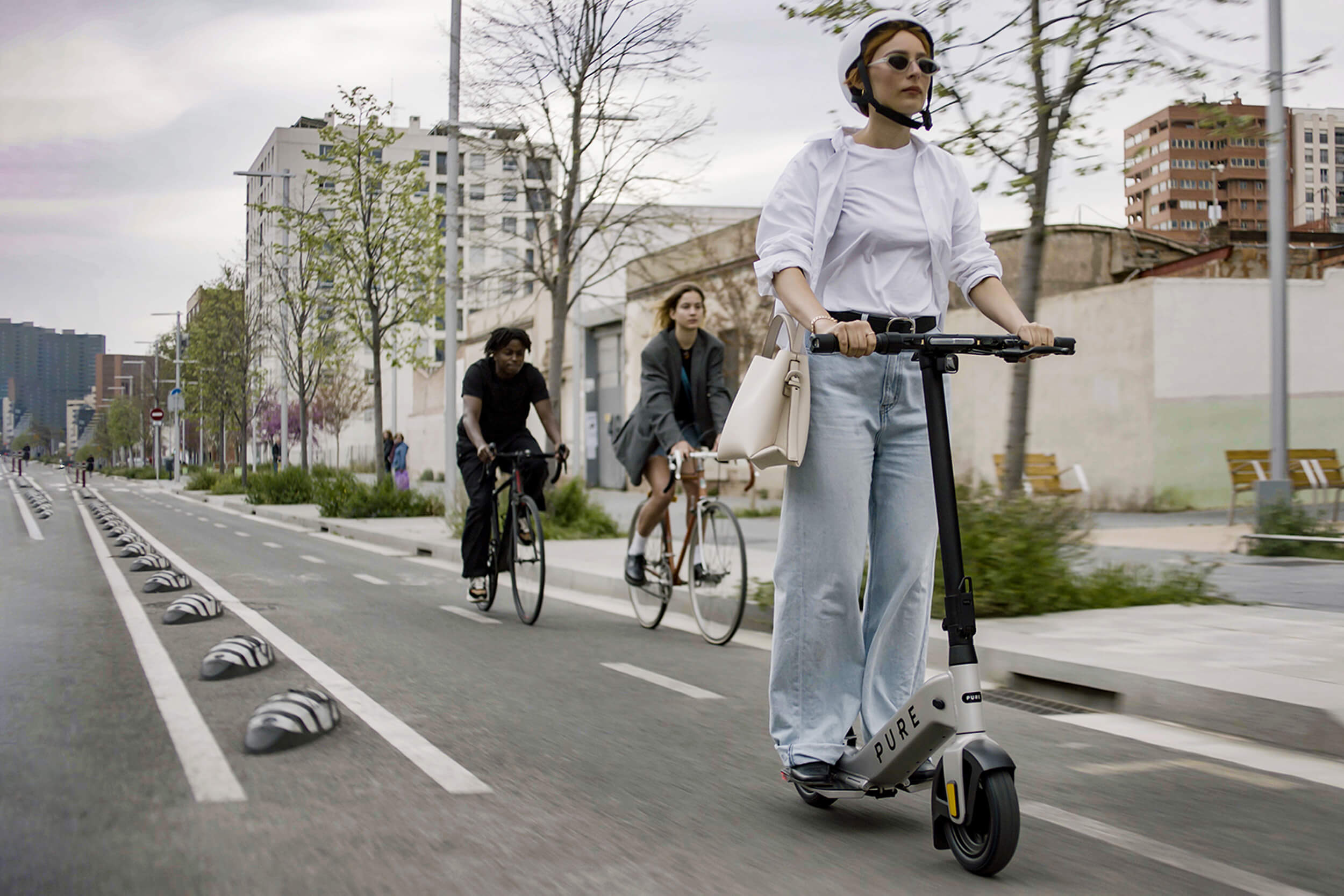
A Smart Seller’s Guide for E-Scooter owners
October 1, 2025
E-Scooters as a Urban Commute Option
November 1, 2025The Future of Battery Rebuilding: A Greener Path for E-Scooter Longevity
Electric scooters have brought a wave of sustainable transport to urban spaces. They’ve made commuting cleaner, cheaper, and more convenient. But behind the smooth rides and whisper-quiet motors lies a component that often dictates the scooter’s fate: the battery.
Batteries are the powerhouse of e-scooters—but they’re also the first to decline. And while replacing a battery may seem like the obvious solution when performance dips, there’s a smarter, greener alternative emerging in the micromobility world: battery rebuilding.
At Scootshop, battery rebuilding isn’t just a technical service—it’s a philosophy. One that aligns with the growing movement toward circular economy practices and conscious consumption. In this article, we explore why battery rebuilding is the future, how it works, and why it matters for the planet, your wallet, and the lifespan of your ride.
The Battery Problem No One Talks About
Most electric scooters rely on lithium-ion battery packs. These are incredibly efficient—lightweight, energy-dense, and capable of hundreds of charge cycles. But they’re not immortal.
Over time, every battery starts to degrade. Riders notice shorter ranges, longer charging times, and less power during acceleration. Eventually, a battery that once took you 25 kilometers now struggles to make 10.
Unfortunately, when batteries decline, many users assume their scooter is done for. Instead of repairing or rebuilding the battery, they scrap the entire vehicle—or replace it with a new one. This leads to unnecessary e-waste and a growing stockpile of still-functional hardware headed for landfills.
The real issue? Lack of awareness. Most riders simply don’t know that battery rebuilding is even an option.
What Is Battery Rebuilding?
Battery rebuilding is not just about replacing the whole unit—it’s a targeted process of restoring what’s broken while keeping the rest intact.
Instead of throwing away the battery, technicians test each individual cell inside the pack. The degraded or dead cells are removed and replaced with new, high-quality ones. Meanwhile, the working cells, protective casing, wiring, and battery management system (BMS) are retained.
This approach does several things:
- It drastically reduces waste, since most parts of a battery pack are still usable.
- It saves money, since rebuilding costs less than buying a brand-new battery.
- It extends the life of the entire e-scooter by months or even years.
Rebuilt batteries, when done properly, can perform just as well as new ones—and often come with new warranties or performance guarantees.
A Sustainable Choice with Real Impact
One of the core challenges of electric mobility is managing its environmental footprint. While e-scooters are far cleaner than cars or motorcycles in use, their production still involves mining rare minerals, energy-intensive manufacturing, and global shipping.
Battery production is particularly resource-heavy. Materials like lithium, cobalt, and nickel are not only finite but are often sourced in regions with ethical and ecological concerns. Each time a battery is discarded prematurely, all the energy and material used to make it is effectively wasted.
By opting for battery rebuilding, riders reduce demand for new material extraction and keep valuable components in circulation longer. It’s a win for sustainability, and it aligns perfectly with the ethos of reuse that Scootshop promotes.
Supporting Local Repair Ecosystems
Another benefit of battery rebuilding is its potential to create local, repair-based economies. Instead of relying on centralized factories and international shipping, rebuilding can often be done by local technicians, mechanics, or battery specialists.
This decentralization empowers small businesses, reduces logistics emissions, and shortens service wait times. Riders benefit from faster turnaround, personalized service, and often a deeper understanding of how their scooter works.
At Scootshop, we partner with regional battery rebuilders to ensure quality standards while keeping services close to home. The result? A network of trusted repair professionals who help extend the life of each ride while building a greener micromobility ecosystem.
How Scootshop Approaches Rebuilding
We don’t just list used scooters. We invest in making them road-ready again—and that starts with their batteries.
Before any e-scooter is approved for resale on Scootshop, we test the battery health and determine whether it’s performing at acceptable levels. If the range or charge rate falls below our threshold, we route it for a rebuild. This includes:
- Cell-by-cell inspection
- BMS diagnostics
- Replacement of degraded cells with new ones
- Balancing and testing for consistency
Once rebuilt, the battery is reintegrated and tested again before being listed. Buyers can shop with confidence knowing that their scooter isn’t just reused—it’s renewed.
Looking Ahead
As micromobility continues to grow, battery rebuilding will play a central role in shaping its sustainability. We envision a future where rebuilding isn’t a niche service, but a default part of electric vehicle ownership—just like changing tires or tuning brakes.
For that to happen, we need greater awareness, better access to rebuilding services, and a culture that values longevity over constant replacement.
Every time a battery is rebuilt instead of replaced, we inch closer to that future. It’s a simple shift—but one with profound impact.
Conclusion
Battery rebuilding is more than a technical fix—it’s a sustainable mindset. One that extends the life of scooters, reduces environmental harm, and makes micromobility more accessible to everyone.
At Scootshop, we’re proud to be on the frontlines of this movement. Whether you’re a daily commuter, a courier, or a casual weekend rider, rebuilding your battery means choosing a smarter path forward—one that benefits you and the world around you. So the next time your battery fades, don’t toss it. Rebuild it. Recharge your ride. Reimagine the future.


